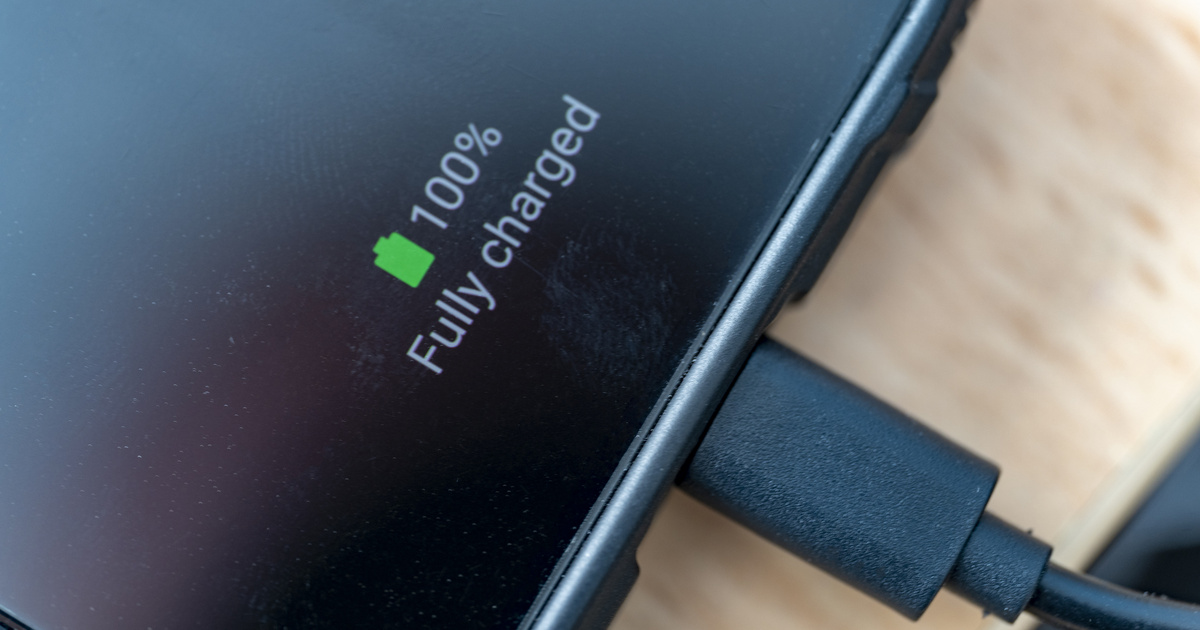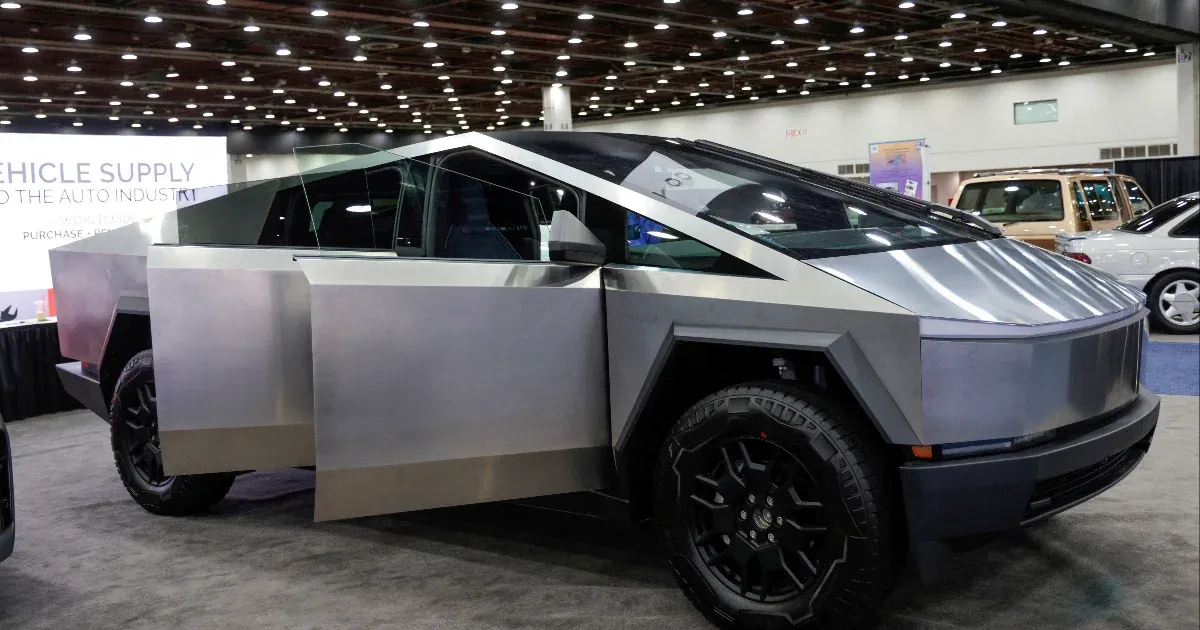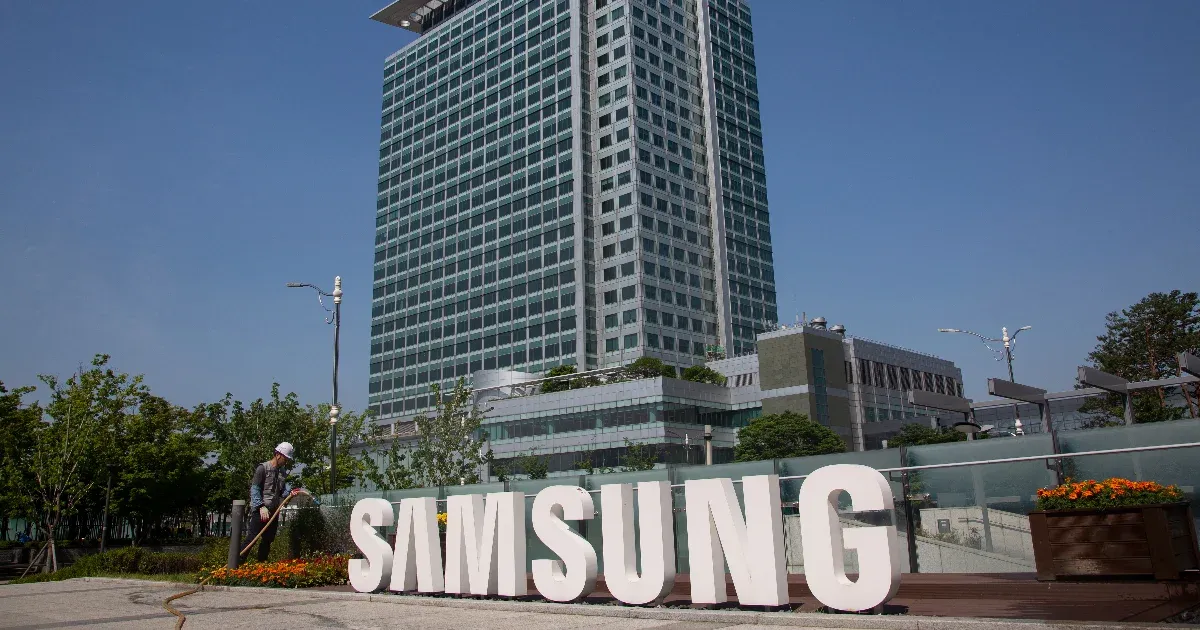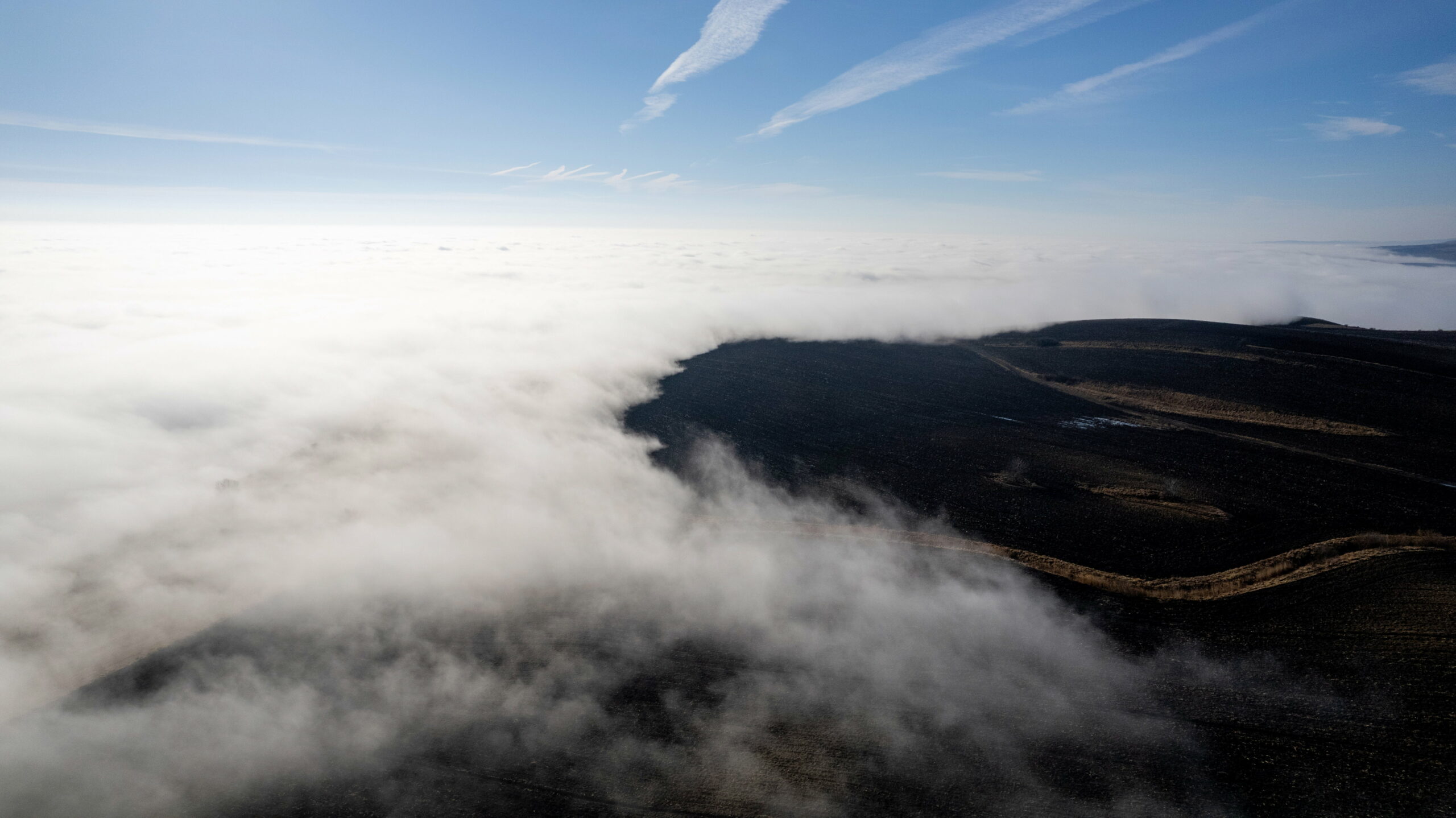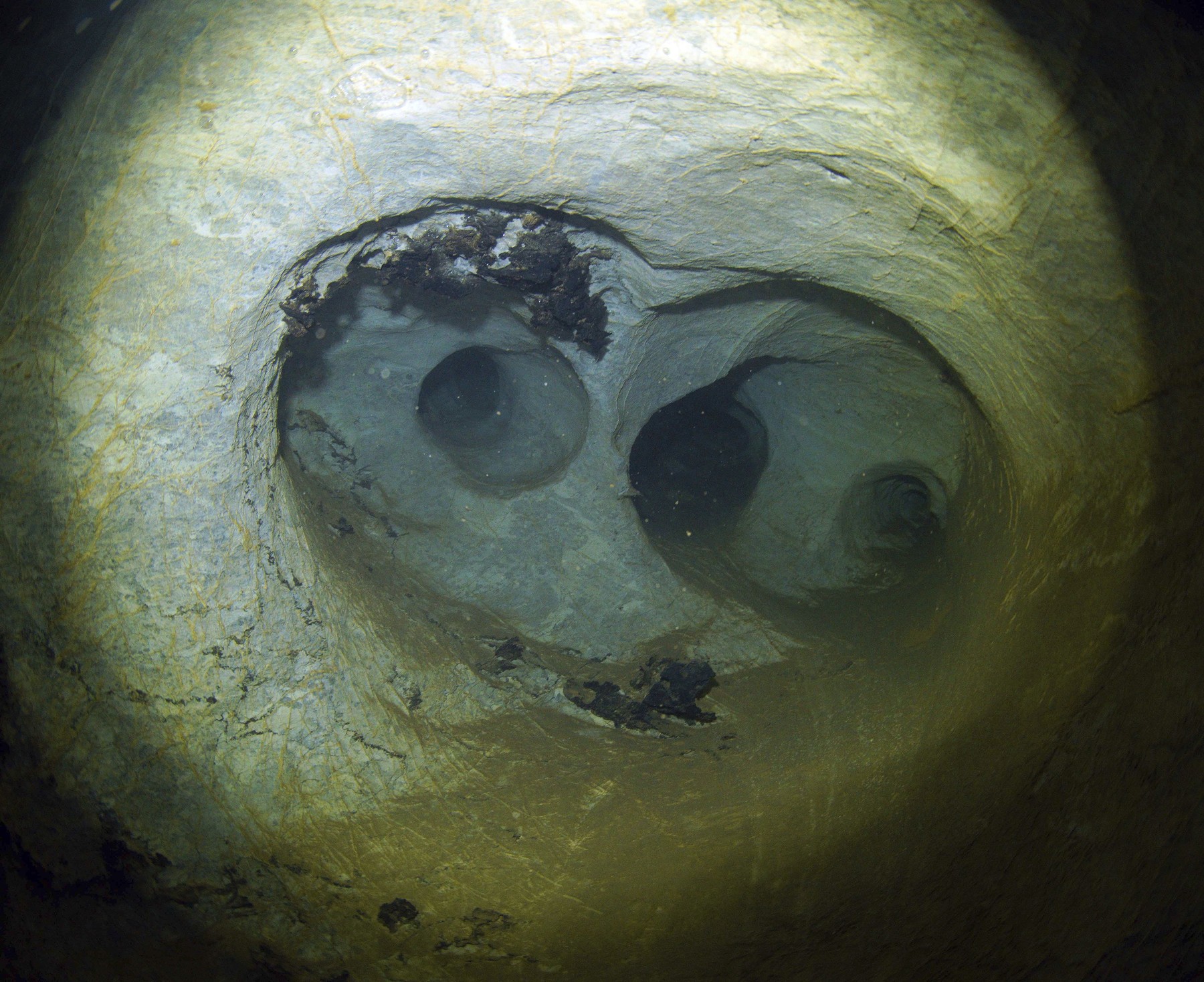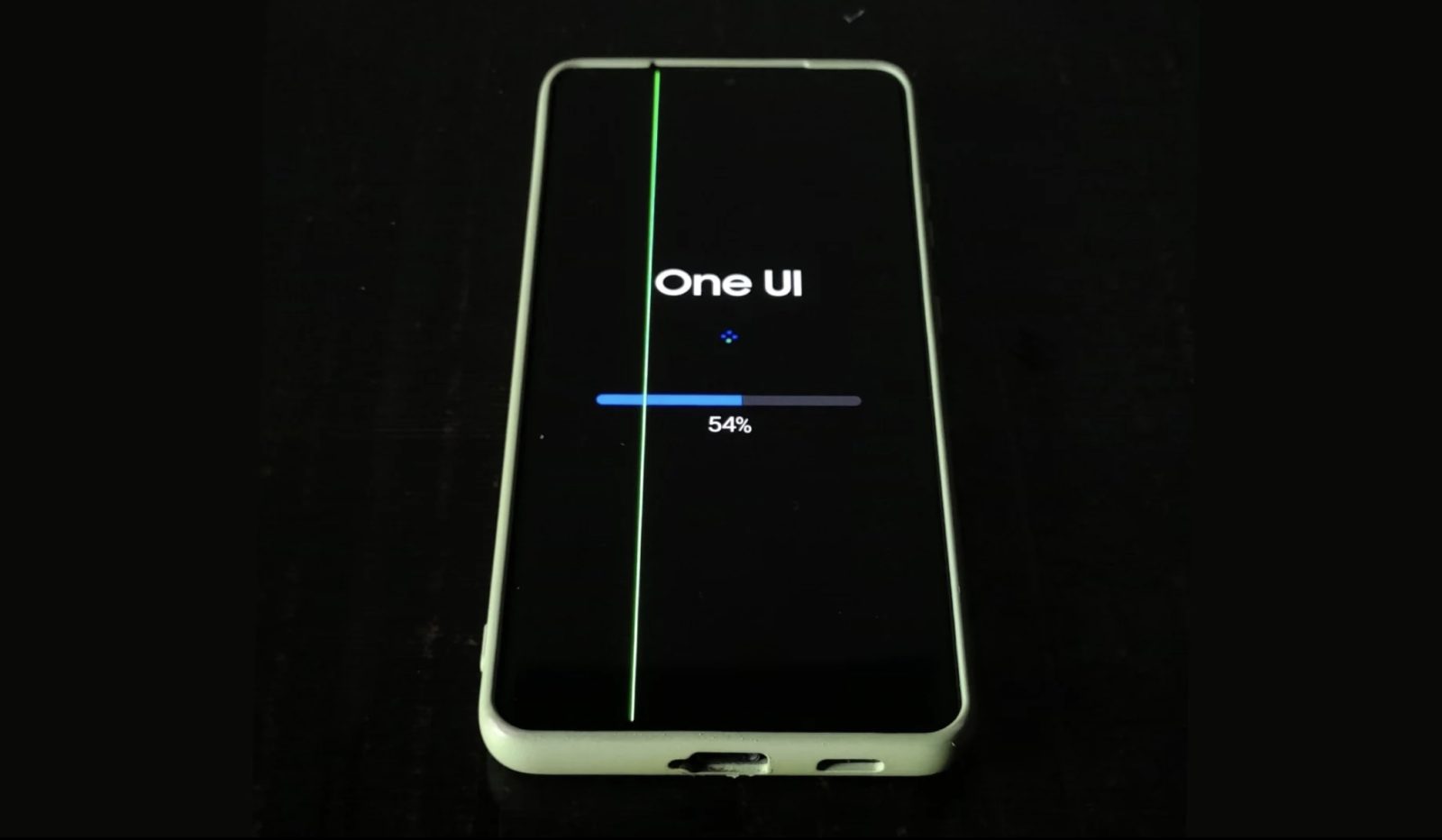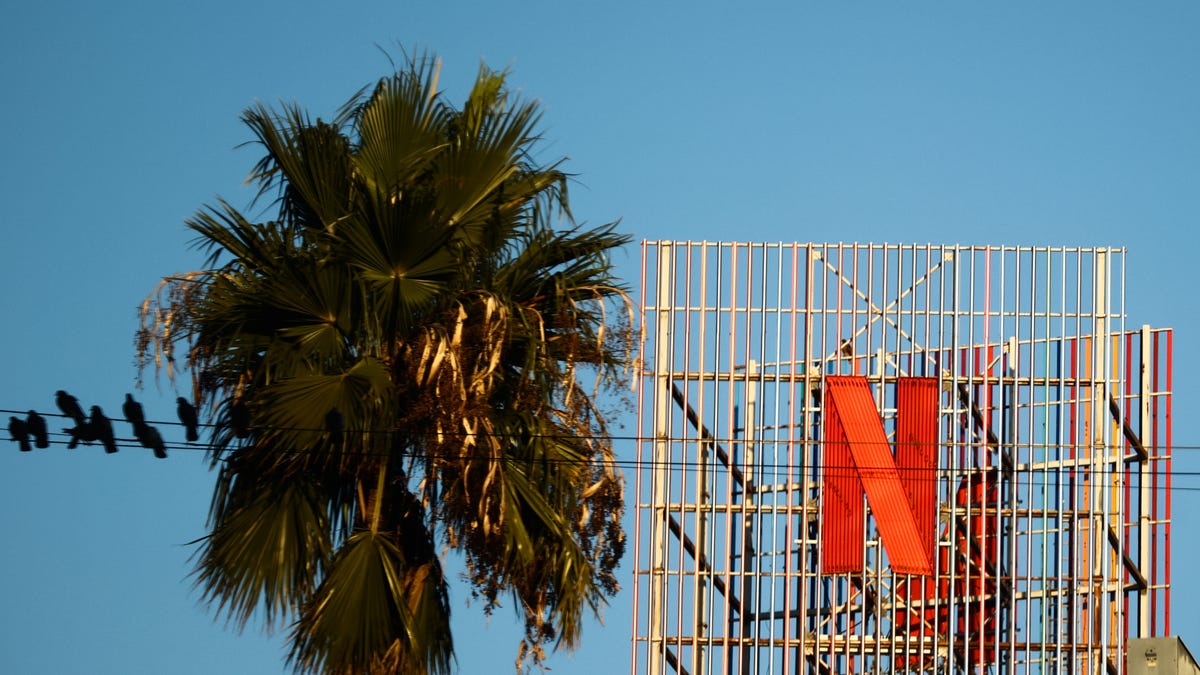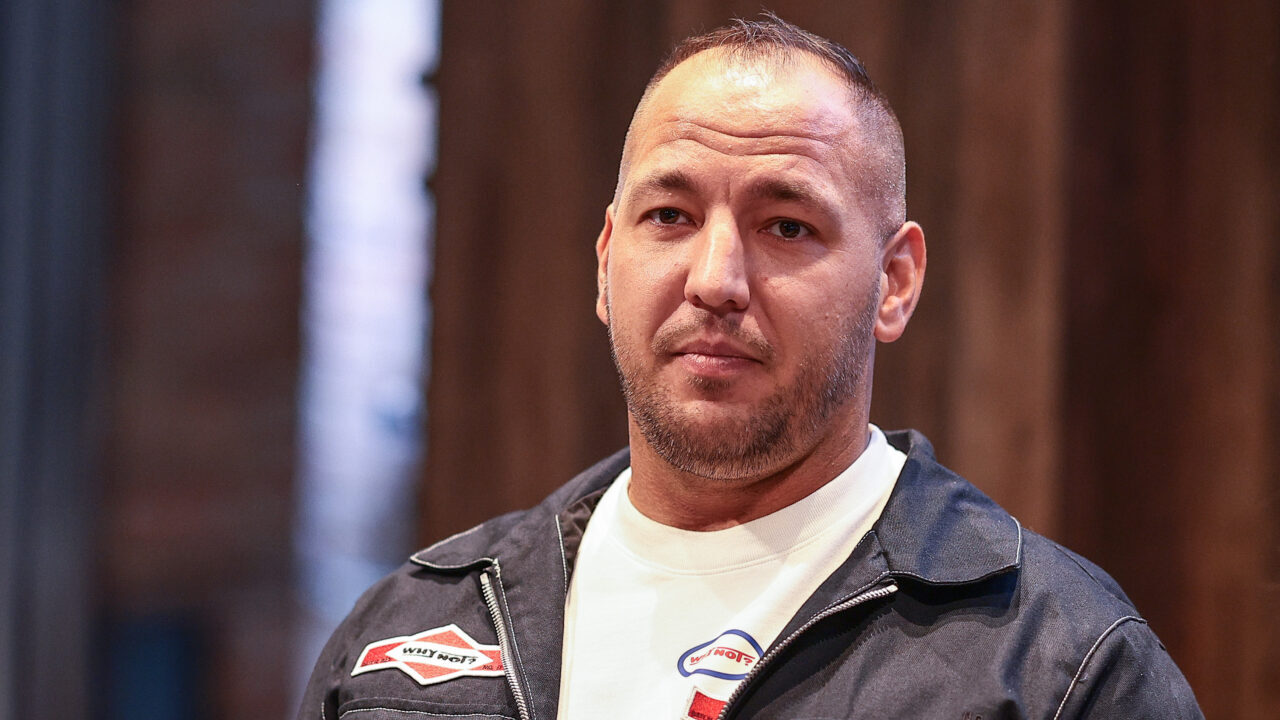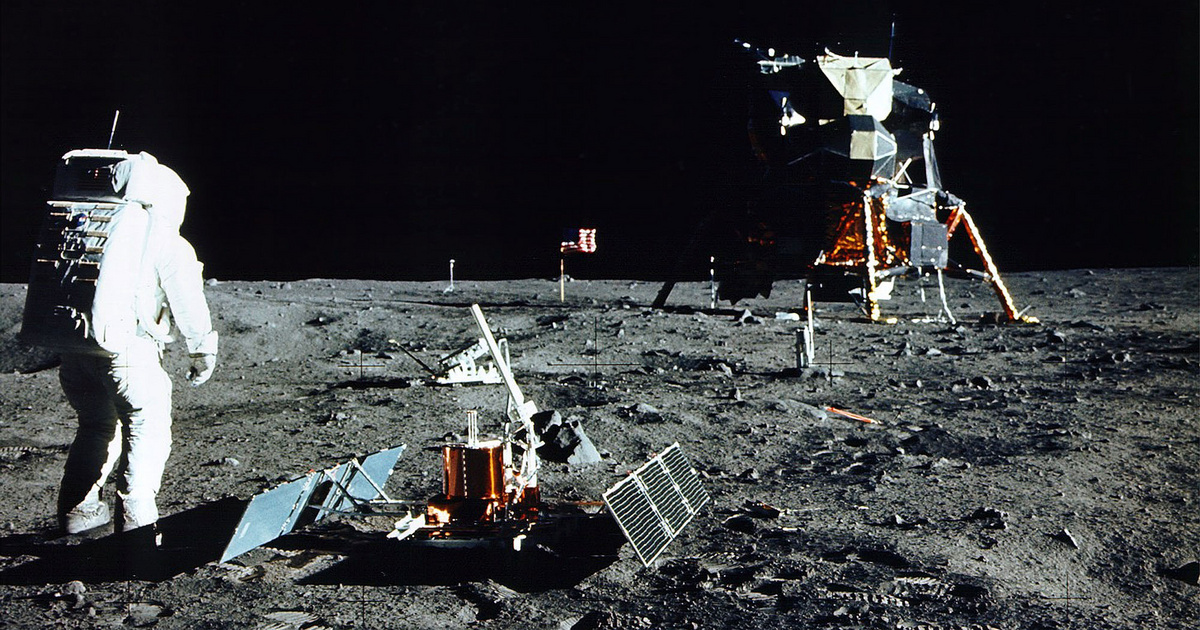One small step for man, but one giant leap for mankind – The famous saying of Neil Armstrong when he was the first in world history 1969 Ben stepped on the moon. The exact landing site of Apollo 11 is marked on lunar maps as Statio Tranquillitatis, or “Tranquil Base,” and even objects left by astronauts who landed on the Moon have been given a special designation property for surface formations.
However, it has just become clear that the take-off module of the Apollo-11 lunar ferry can still orbit the moon. A Caltech researcher has found evidence of this — read PhysOrg Scientific Publication Portal.
NASA astronauts Neil Armstrong and Buzz Aldrin landed on the moon 52 years ago. After spending more than 21 hours on the surface, they boarded again with the take-off module that is part of the Eagle Moon Ferry. They quickly called the command unit, which brought them back to Earth. Before their return, the take-off module was launched into space. NASA engineers assumed it would return to the lunar surface over time, but James Medor said this never happened and is still orbiting the celestial body.
At the beginning of his investigations, the expert wanted to know if it was possible to find the take-off module that he assumed was on the surface of the moon. In 2012, NASA sent a space probe into orbit around the Moon as part of the Grail Project to map the gravitational field of a celestial body. Based on this data, MIDOR He conducted his simulations several times, taking into account, for example, the gravitational field of the Sun or other planets, as well as radiation from the Sun. Each time he came to the conclusion that the take-off unit kept its smooth trajectory.
The researcher acknowledges that other factors may have led to the destruction of the take-off module, such as residual fuel that could explode during landing. If NASA decides to locate, it has the technology to do so Available.
On the 50th anniversary of the Apollo-11 mission in 2019, it was announced that a landing on another moon could come in five years. On the other hand, the increasingly active private space agencies can easily outperform, as Elon Musk and his rival, Jeff Bezos, come up with more and more plans to break into the world and even space. So maybe even to understand if there is a particular Santa Claus about who (who?) is a former participant in the Apollo space program, Jim Lovell spoke to the Houston Control Center.





